Home>Storage Ideas>Kitchen Storage>This Is The Biggest Kitchen Island Mistake You Can Make
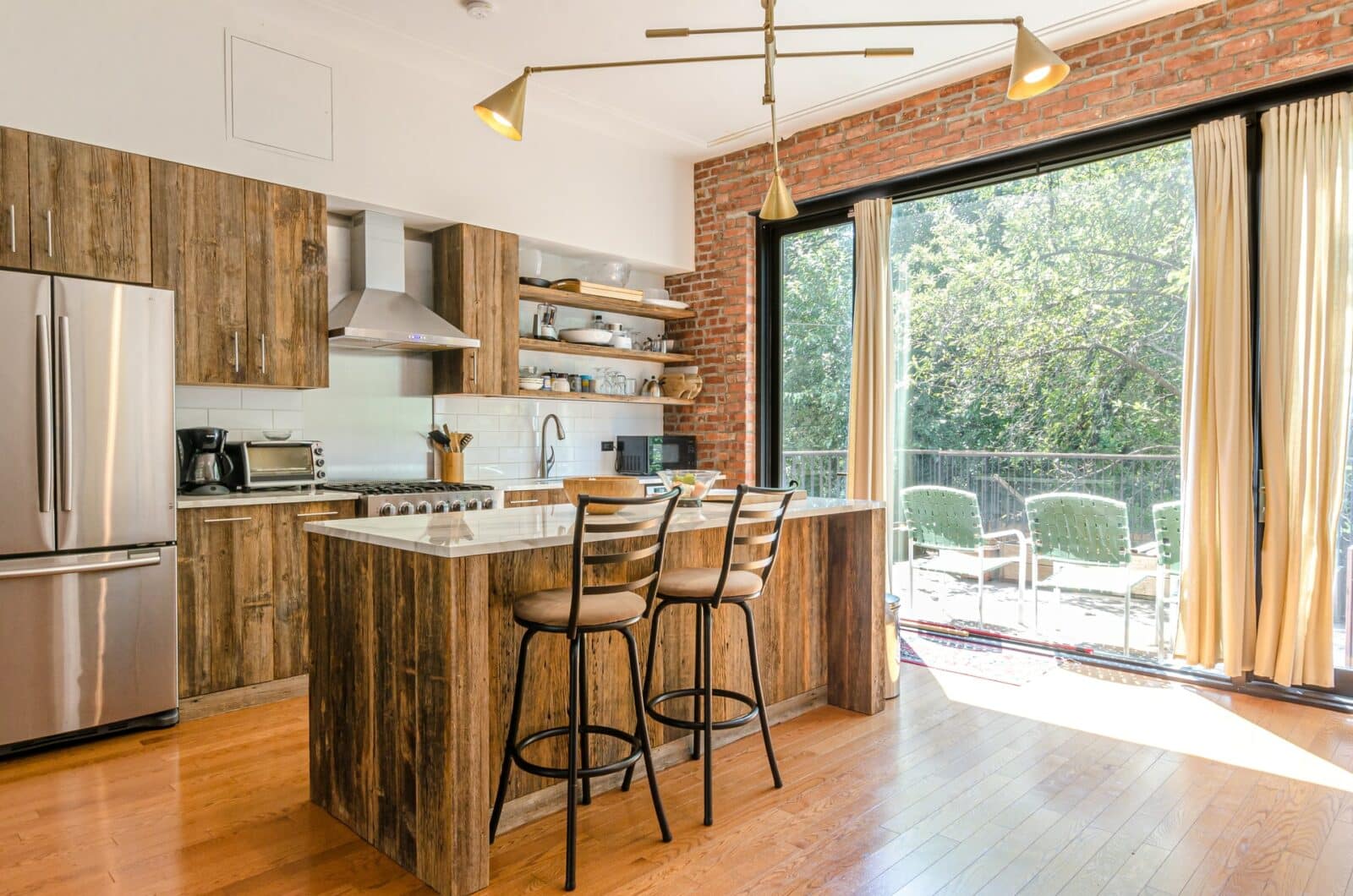

Kitchen Storage
This Is The Biggest Kitchen Island Mistake You Can Make
Modified: October 30, 2024
Avoid the biggest kitchen island mistake with these essential kitchen storage ideas. Maximize space and organization for a functional and stylish kitchen.
(Many of the links in this article redirect to a specific reviewed product. Your purchase of these products through affiliate links helps to generate commission for Storables.com, at no extra cost. Learn more)
Introduction
Welcome to the world of kitchen storage ideas! The kitchen is the heart of the home, and having a well-organized and efficient space can make all the difference in your cooking and dining experience. One essential element of a functional kitchen is a well-designed kitchen island – a versatile surface that can provide additional storage space, prep area, and even serve as a gathering spot for family and friends.
However, when it comes to designing and installing a kitchen island, there are some common mistakes that many homeowners make. These mistakes can lead to a lack of space, inefficient workflow, and an overall disappointing kitchen experience. In this article, we will explore the biggest kitchen island mistake you can make, and provide you with insights on how to avoid them.
So, whether you are planning a kitchen remodel or looking for ways to optimize your existing kitchen island, read on to discover the pitfalls to avoid and the key considerations to keep in mind. Let’s dive in!
Key Takeaways:
- Don’t let your kitchen island cramp your style! Avoid common mistakes by considering space, functionality, and traffic flow. Create a well-designed island that enhances both form and function.
- Illuminate your kitchen island with style and purpose! Prioritize lighting and appliance planning to ensure a functional and visually appealing centerpiece for your cooking and gathering space.
Lack of Adequate Space
One of the most common mistakes people make when designing a kitchen island is not considering the amount of space available. While a kitchen island can be a valuable addition to your kitchen, it’s important to ensure that it doesn’t overcrowd the room or impede the flow of traffic.
If your kitchen is on the smaller side, it’s crucial to measure the space carefully and choose a kitchen island that fits proportionally. Opt for a smaller, compact island that doesn’t overwhelm the room. Alternatively, consider a mobile kitchen cart with storage space that can be easily moved around when needed.
On the other hand, if you have a large kitchen, you may be tempted to go all out and install a massive kitchen island. While it may seem impressive, it can actually hinder your workflow and make it difficult to reach different areas of the kitchen. Remember to leave enough clearance space around the island to ensure easy movement and accessibility.
Additionally, consider the height of your kitchen island. If the island is too tall or too short in relation to the rest of the countertops, it can cause discomfort and make tasks like chopping and prepping difficult. Aim for a standard height of 36 inches, but adjust it accordingly based on your own height and the height of the other surfaces in your kitchen.
By taking the time to assess the available space and carefully choose the size and height of your kitchen island, you can avoid the mistake of creating a cramped or impractical kitchen layout.
Choosing the Wrong Size
When it comes to designing a kitchen island, size matters. Choosing the wrong size can have a significant impact on the functionality and overall aesthetic of your kitchen. It’s crucial to strike the right balance between having enough space to work and move around while ensuring it doesn’t overpower the room.
One common mistake is selecting a kitchen island that is too small for your needs. If your island doesn’t provide enough countertop space or storage, it can quickly become frustrating and impractical. Before making a decision, consider how you will be using the island. Will you be primarily using it for meal prep, dining, or entertaining guests? Take into account the number of people who will be using the island at once to determine the ideal size.
On the other hand, choosing an oversized kitchen island can create a disproportionate look and throw off the balance of your kitchen design. It can also make it difficult to reach items or move around the space comfortably. Keep in mind that while you want your island to be a statement piece, it should still complement the overall layout of your kitchen.
Consider the available space and the dimensions of your kitchen before deciding on the size of your island. Take into account the recommended spacing guidelines, allowing at least three feet of clearance on all sides of the island. This will ensure that you have enough space to navigate around the island without feeling cramped.
By carefully considering the size of your kitchen island and finding the right balance between functionality and aesthetics, you can avoid the mistake of choosing the wrong size and create a harmonious and efficient kitchen space.
Ignoring Functionality
When it comes to designing a kitchen island, it’s essential to prioritize functionality. It’s easy to get carried away with the aesthetics of the island and overlook its practical use. Ignoring functionality can lead to frustration and disappointment in the long run.
One common mistake is not considering the purpose of your kitchen island. Think about how you will be using it on a daily basis. Will it primarily be used for meal prep? Will it serve as a place for casual dining? Will you need additional storage space? Understanding the main functions of your island will help you make informed decisions on its design and features.
Another aspect to consider is the placement of appliances. If you plan to incorporate appliances such as a sink, dishwasher, or cooktop into your kitchen island, you need to carefully plan their placement to ensure optimal functionality. Make sure there is enough space for a well-functioning work triangle between the sink, cooking area, and the refrigerator.
Furthermore, don’t forget about the importance of storage. Adequate storage space is crucial to keep your kitchen organized and clutter-free. Consider incorporating cabinets, drawers, and shelves into your island design to store pots, pans, utensils, and other kitchen essentials. This will not only keep your kitchen tidy but also make your cooking process more efficient.
Lastly, think about the ergonomics of your island. Pay attention to the height of the countertops to ensure they are comfortable for your needs. Consider including features such as a bar or seating area that are at the appropriate height for comfortable dining or chatting with guests. Adding these functional elements will enhance the overall usability of your kitchen island.
By giving priority to functionality and carefully considering how you will use your kitchen island, you can avoid overlooking this crucial aspect and create a space that is not only visually appealing but also practical and efficient.
Neglecting Traffic Flow
One crucial aspect of designing a kitchen island that is often overlooked is the consideration of traffic flow. Neglecting traffic flow can lead to a cramped and inefficient kitchen, making it difficult to move around and work comfortably.
One common mistake is placing the kitchen island in a location that disrupts the natural flow of movement in the kitchen. Ideally, the island should be positioned in a way that allows for smooth navigation between the different work zones in the kitchen, such as the sink, stove, and refrigerator. Avoid placing the island in a spot that creates bottlenecks or obstructs the flow of traffic.
Additionally, consider the spacing between the island and other elements in the kitchen, such as cabinets, appliances, and countertops. Make sure there is enough room for cabinet doors and drawers to open fully without obstructing the walkways. Aim for at least 36 inches of clearance space around the island to ensure easy movement and accessibility.
Furthermore, think about the direction of traffic flow in your kitchen. If you have a busy household, consider designing the island with multiple entrances to allow for easy access from different directions. This will prevent congestion and allow people to move freely around the kitchen without constantly bumping into each other.
Another consideration is the shape of your kitchen island. While rectangular islands are common, don’t be afraid to explore other shapes, such as L-shaped or curved islands, that can improve traffic flow and create a more natural movement pattern in the kitchen.
By giving proper attention to traffic flow in your kitchen design and ensuring that your island doesn’t hinder movement, you can avoid the mistake of neglecting this crucial aspect and create a kitchen that is both functional and comfortable to navigate.
When designing a kitchen island, make sure to leave enough space around it for easy movement and access to appliances. A crowded island can make cooking and entertaining difficult.
Forgetting About Storage
When it comes to designing a kitchen island, storage is a key consideration that is often overlooked. Forgetting about storage can lead to a cluttered and disorganized kitchen space, making it difficult to keep your essentials within reach and maintain a tidy cooking environment.
One common mistake is not incorporating enough storage space into your kitchen island. Consider your storage needs and think about what items you want to keep in close proximity to your cooking area. Incorporating cabinets, drawers, or open shelves into your island design will allow you to store pots, pans, utensils, and small appliances conveniently.
Additionally, think about the accessibility of the storage space. Incorporating pull-out drawers or sliding shelves can make it easier to reach items at the back, ensuring that every inch of storage space is utilized effectively. If you have larger items to store, such as mixing bowls or baking sheets, consider adding deeper drawers or adjustable shelves to accommodate them.
Another consideration is the organization of your storage. Think about how you will categorize your items and plan the storage space accordingly. Incorporating dividers, racks, or even a dedicated spice rack can help keep everything in order and make it easier to locate the items you need while cooking.
Don’t forget about the functionality of your storage as well. Consider incorporating features like built-in trash bins or recycling centers, wine racks, or even a designated space for your cutting boards. These thoughtful additions will enhance the efficiency and convenience of your kitchen island.
By remembering to prioritize storage in your kitchen island design and incorporating the right amount and type of storage space, you can avoid the mistake of forgetting about storage and create a kitchen that is not only visually appealing but also highly functional and organized.
Overlooking the Style and Design
When designing a kitchen island, it’s easy to get caught up in the functional aspects and overlook the importance of style and design. Overlooking the style and design can result in a kitchen island that doesn’t seamlessly integrate with the overall aesthetic of your kitchen.
One common mistake is not considering the style and design elements of your kitchen island in relation to the rest of your kitchen. Your island should complement the existing design scheme, whether it’s modern, traditional, rustic, or eclectic. Consider the materials, finishes, and colors used in your kitchen and choose an island design that harmonizes with them.
Additionally, think about the shape and form of your kitchen island. While rectangular islands are common, don’t be afraid to explore different shapes, such as round, oval, or even custom-shaped islands, to add visual interest and create a unique focal point in your kitchen.
Another aspect to consider is the countertop material. Your choice of countertop material can significantly impact the overall look and feel of your kitchen island. Consider options like granite, marble, quartz, or butcher block, and choose a material that not only suits your style preferences but also aligns with your maintenance and durability requirements.
Furthermore, don’t forget about the details and decorative elements. Incorporating architectural details, such as corbels or molding, can add a touch of elegance and sophistication to your island. Lighting is another crucial element that is often overlooked. Consider pendant lights or recessed lighting above your island to create a well-lit and inviting space.
By giving proper attention to the style and design of your kitchen island, you can create a cohesive and visually appealing kitchen space that reflects your unique taste and personality.
Disregarding the Importance of Lighting
When designing a kitchen island, one aspect that is often disregarded but is of significant importance is lighting. Disregarding the importance of lighting can result in a kitchen island that lacks functionality and fails to create the desired ambiance in your kitchen.
One common mistake is not providing adequate task lighting for your kitchen island. The island is a multi-functional space where meal preparation, cooking, and even dining take place. It’s crucial to have proper lighting that illuminates the workspace, allowing you to safely and efficiently perform tasks.
Consider installing pendant lights above your kitchen island to provide focused, directional lighting. Pendant lights not only provide practical lighting but also serve as decorative elements that can enhance the overall aesthetic of your kitchen. Ensure that the pendant lights are hung at the appropriate height to prevent glare and create a visually pleasing effect.
Another consideration is the color temperature of the lighting. Different types of lighting, such as warm white or cool white, can create different moods and atmospheres in your kitchen. Consider the overall design and ambiance you want to achieve and choose the appropriate color temperature for your island lighting.
In addition to task lighting, don’t forget about other lighting needs such as ambient and accent lighting. Ambient lighting provides overall illumination to the kitchen space, while accent lighting can be used to highlight specific features or areas of your island, such as a display shelf or decorative backsplash.
Lastly, consider incorporating dimmer switches into your island lighting design. Dimmers allow you to adjust the brightness of the lights according to your needs and create different moods in your kitchen. This flexibility in lighting control can enhance the functionality and ambiance of your kitchen island.
By giving proper attention to lighting and ensuring that your kitchen island is well-lit, you can create a space that is both functional and visually appealing, enhancing your cooking experience and setting the right mood in your kitchen.
Failing to Plan for Appliances
When designing a kitchen island, it’s crucial to plan for the incorporation of appliances. Failing to plan for appliances can lead to a kitchen island that lacks functionality and may require costly modifications in the future.
One common mistake is not considering the placement and integration of appliances into your kitchen island. If you plan to include appliances such as a sink, dishwasher, or cooktop, it is important to plan for their specific requirements.
For instance, if you want a sink in your island, you will need to ensure proper plumbing and drainage connections are in place. Planning for this in advance will prevent costly and inconvenient modifications later on.
If you plan to have a cooktop in your island, consider the ventilation requirements. You’ll need to provide a ventilation system, such as a range hood or downdraft system, to effectively vent cooking fumes and prevent odors from spreading throughout your kitchen.
Additionally, consider the proximity of appliances to one another. It’s important to have a functional and efficient work triangle between your sink, cooktop, and refrigerator. This triangle allows for easy movement and access to essential kitchen tasks. Proper planning for the placement of these appliances will ensure a seamless workflow in your kitchen.
Furthermore, consider the electrical requirements for your appliances. Ensure that you have the appropriate outlets and wiring for your appliances in your kitchen island. This will prevent the need for unsightly extension cords or additional wiring after the installation.
Lastly, think about the size and dimensions of the appliances you plan to incorporate. Make sure they fit comfortably within your kitchen island and do not overcrowd the space. Take precise measurements and consult with a professional if needed to ensure a proper fit.
By carefully planning for the integration of appliances into your kitchen island, you can avoid the mistake of failing to plan ahead and create a functional and seamless kitchen design.
Conclusion
Designing a kitchen island is an exciting endeavor that can greatly enhance the functionality, storage capacity, and overall aesthetic of your kitchen. However, it’s important to avoid common mistakes that can lead to a disappointing outcome.
By considering the available space, choosing the right size, and prioritizing functionality, you can ensure that your kitchen island is a valuable addition to your kitchen. Remember to carefully plan for appliances, allowing for proper plumbing, ventilation, and electrical requirements.
Don’t overlook the importance of traffic flow and storage in your design. Neglecting traffic flow can hinder movement and accessibility in your kitchen, while forgetting about storage can lead to a cluttered and disorganized space.
Pay special attention to the style and design of your kitchen island, ensuring it complements the overall aesthetic of your kitchen. And last but not least, remember to incorporate appropriate lighting to enhance functionality and create a welcoming ambiance.
By avoiding these common mistakes, you can create a well-designed kitchen island that not only meets your practical needs but also adds beauty and value to your home.
So, whether you’re planning a kitchen remodeling project or looking to optimize your existing kitchen island, keep these considerations in mind. Take the time to plan, research, and consult with professionals if needed to ensure a successful and enjoyable kitchen island experience.
Remember, your kitchen island should be a reflection of your personal style and a functional centerpiece of your kitchen. With careful planning and attention to detail, you can create a kitchen island that becomes the heart of your home, providing a space for cooking, gathering, and making lasting memories.
Frequently Asked Questions about This Is The Biggest Kitchen Island Mistake You Can Make
Was this page helpful?
At Storables.com, we guarantee accurate and reliable information. Our content, validated by Expert Board Contributors, is crafted following stringent Editorial Policies. We're committed to providing you with well-researched, expert-backed insights for all your informational needs.
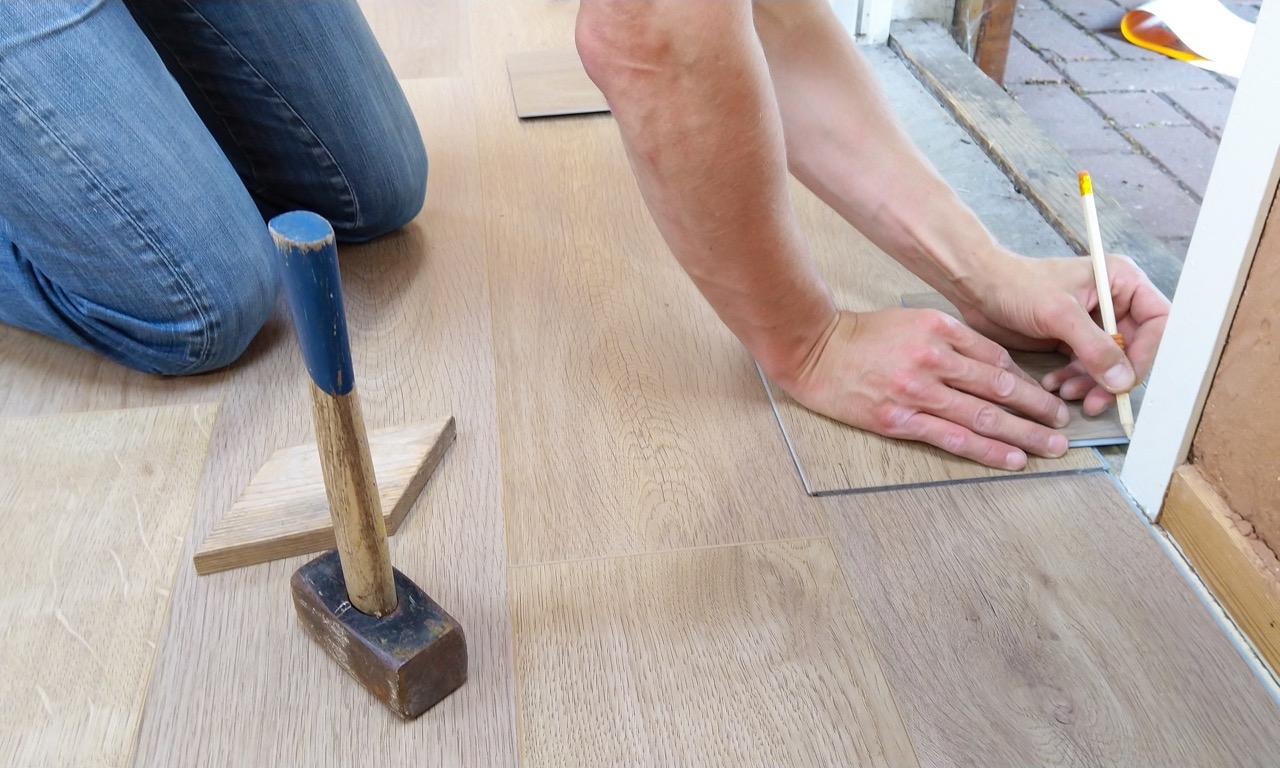
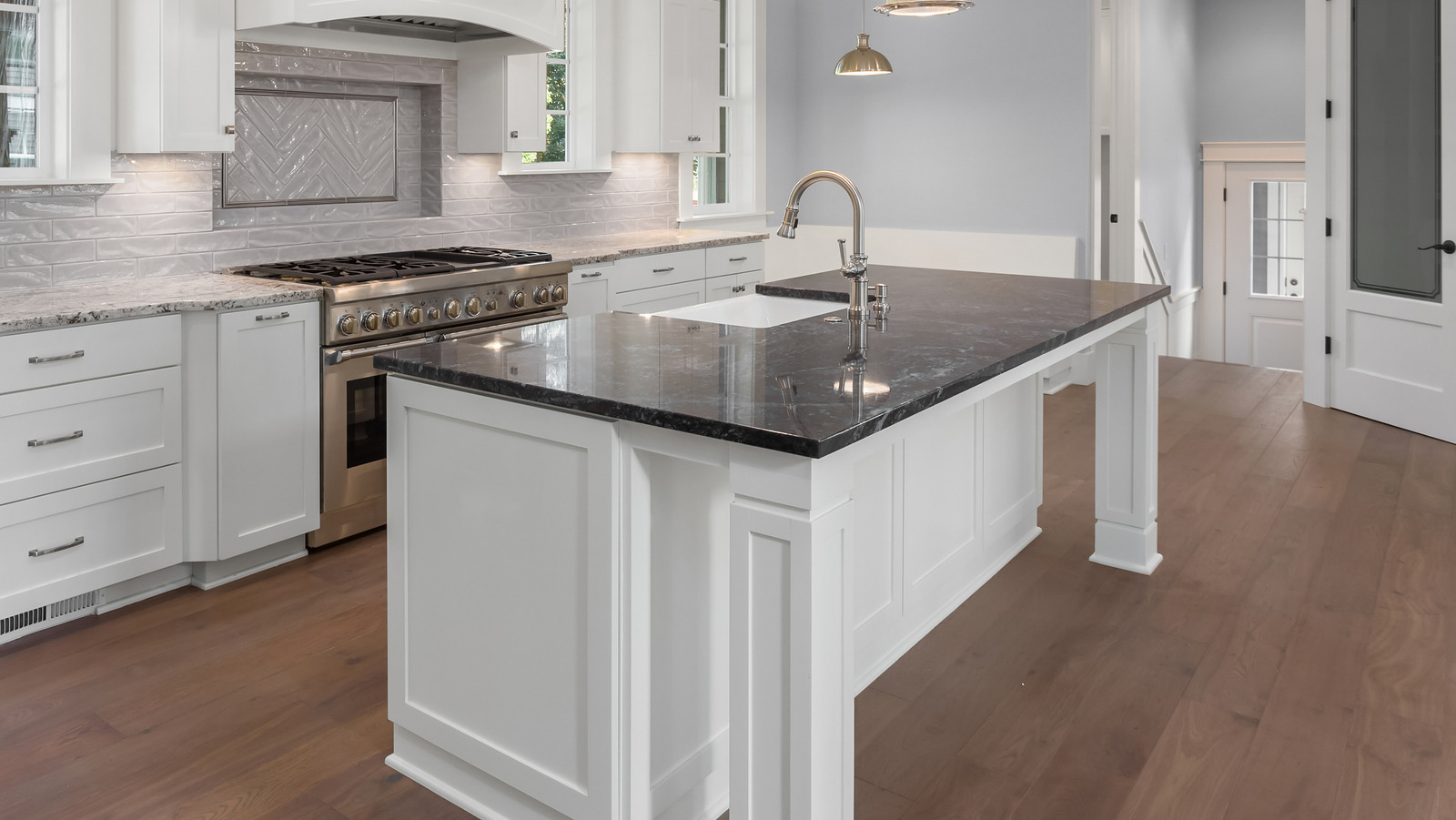
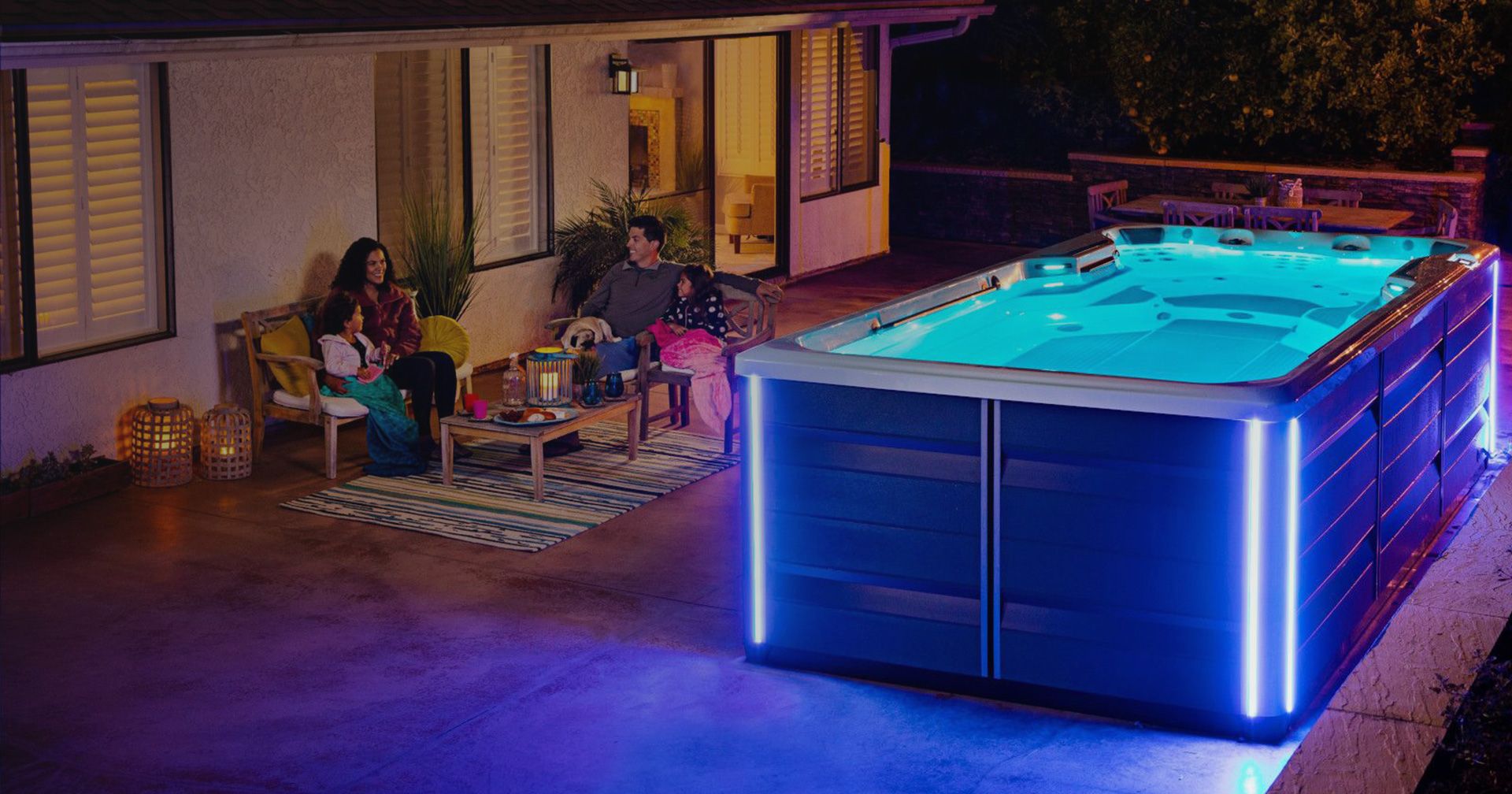
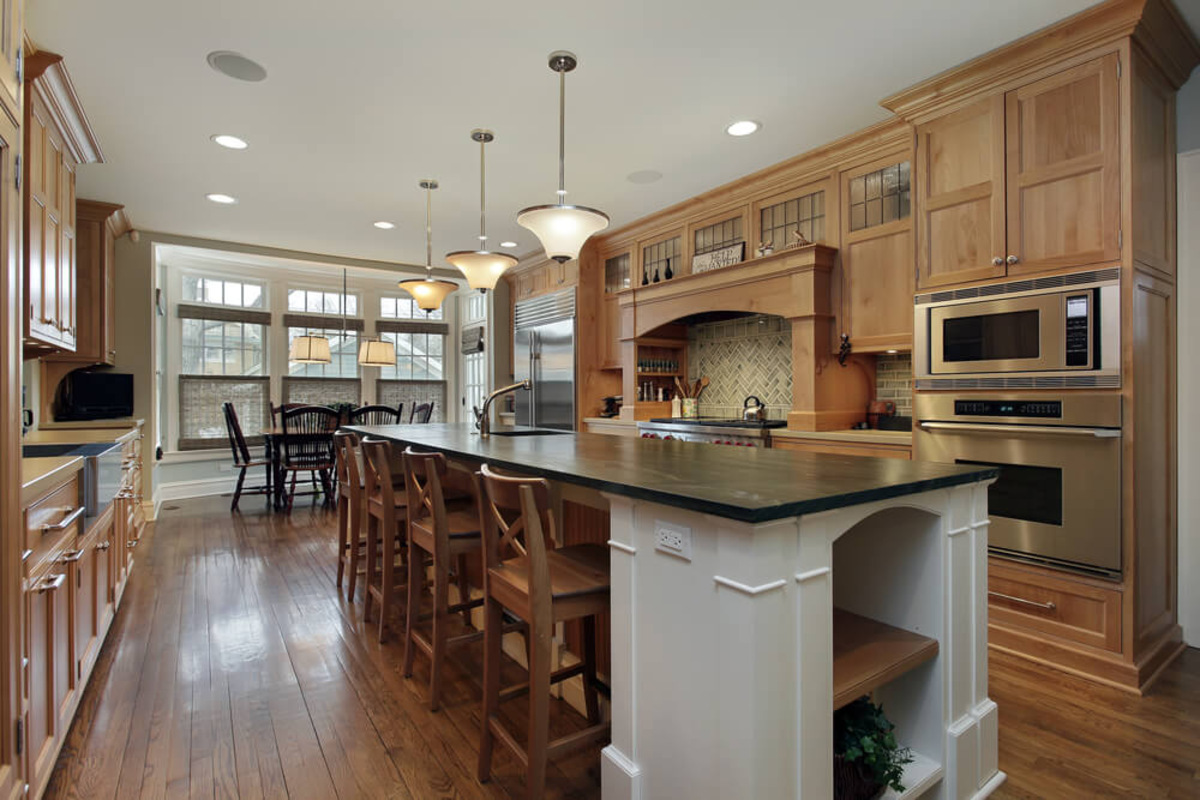


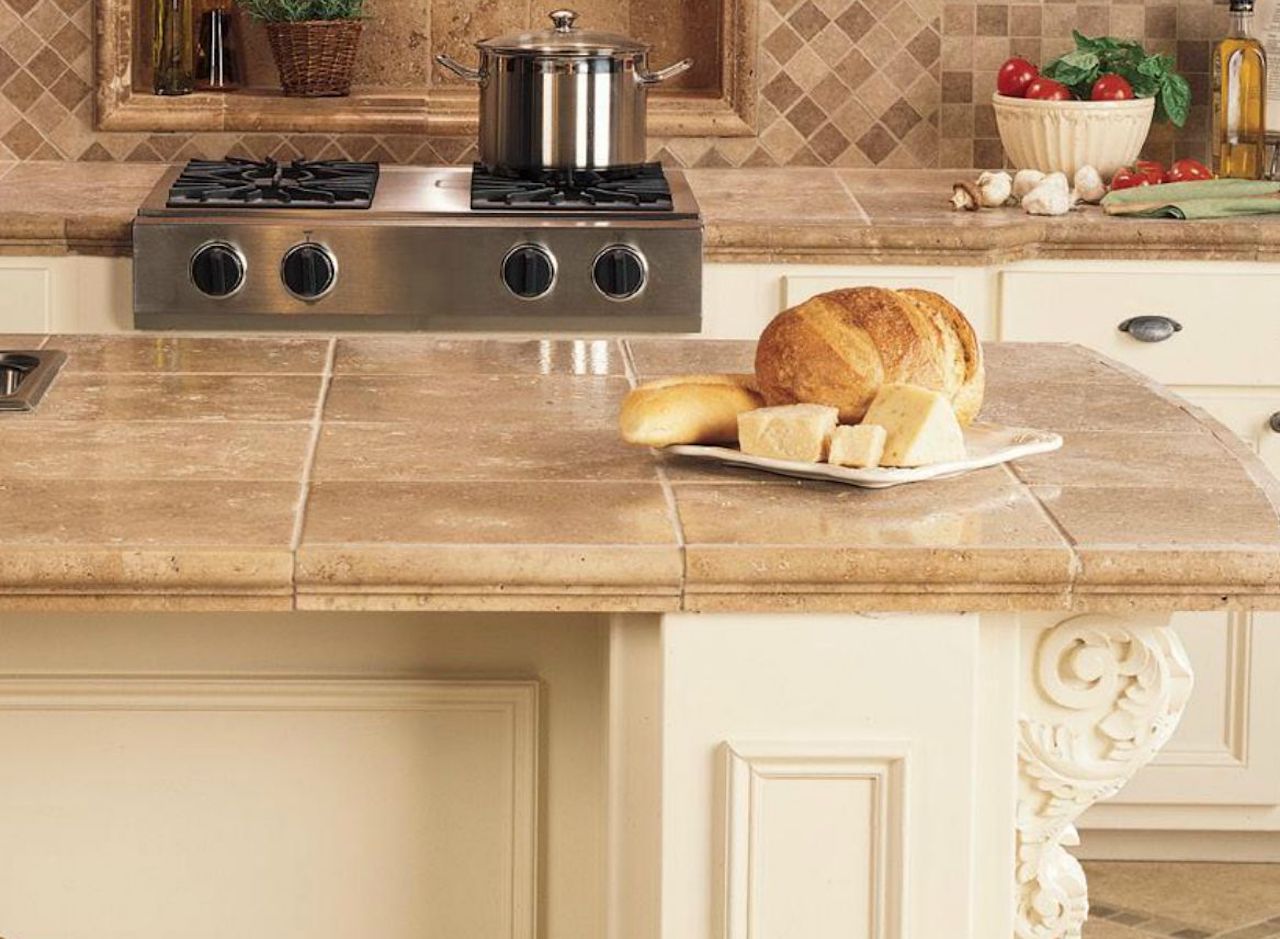
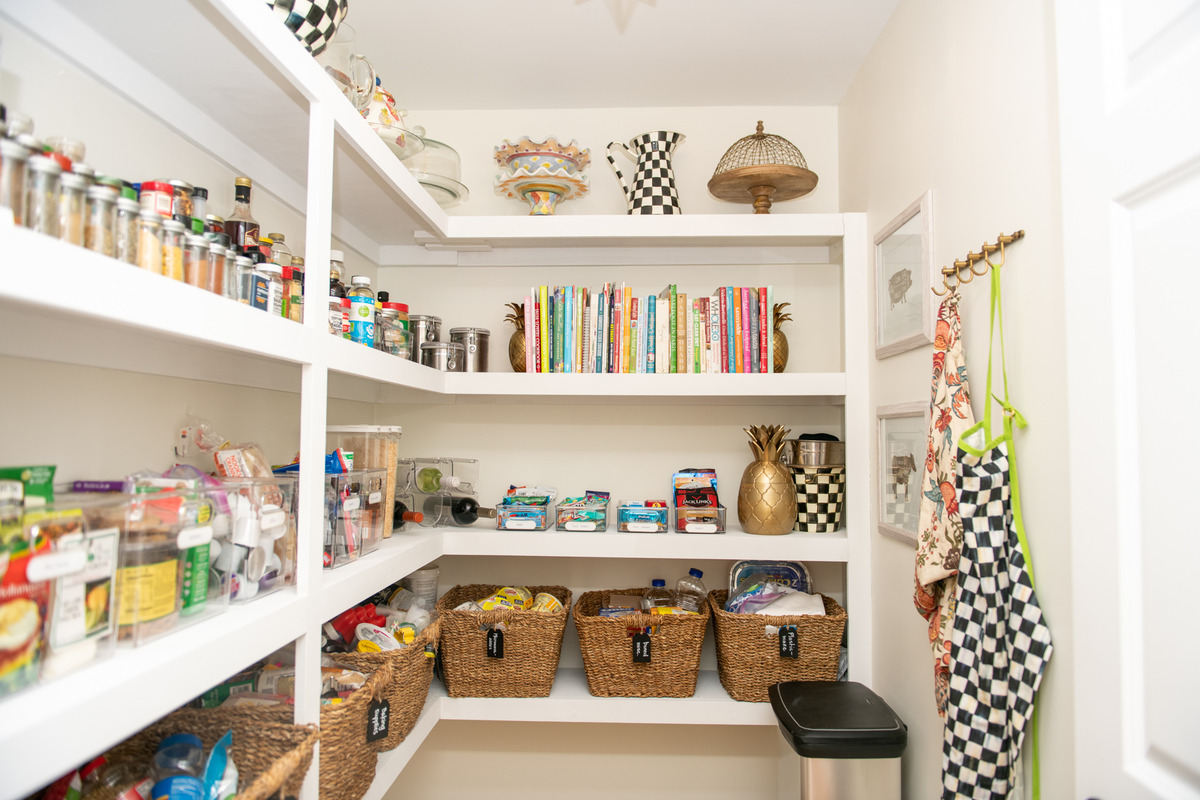
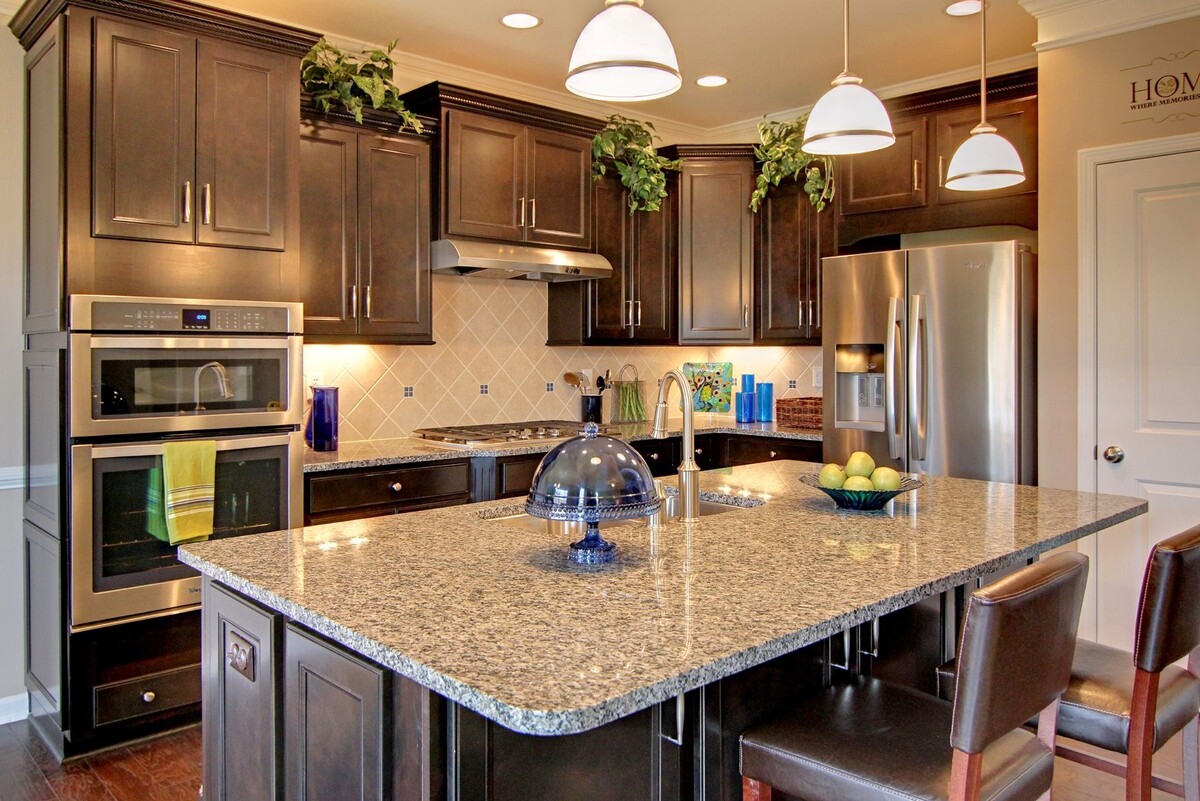
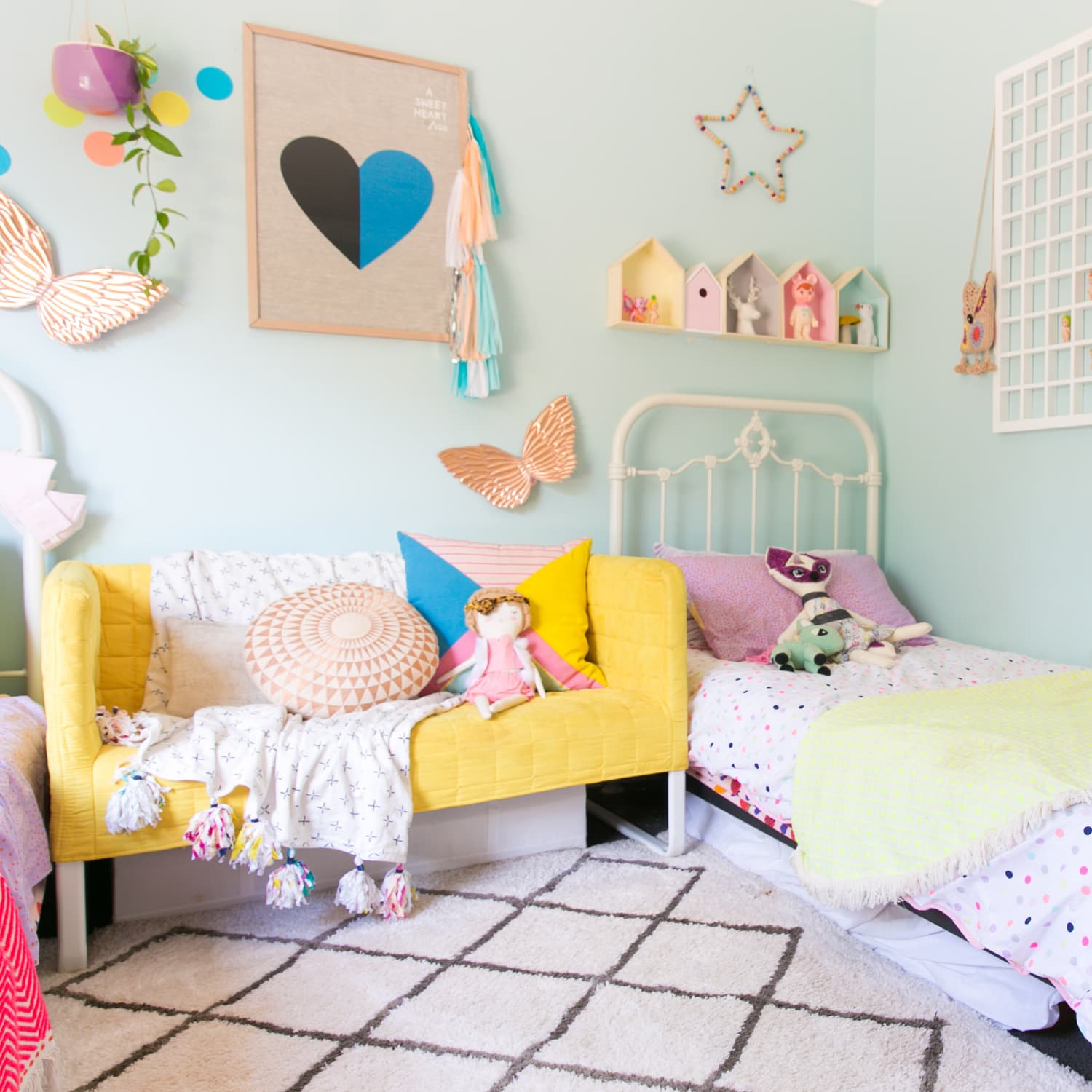
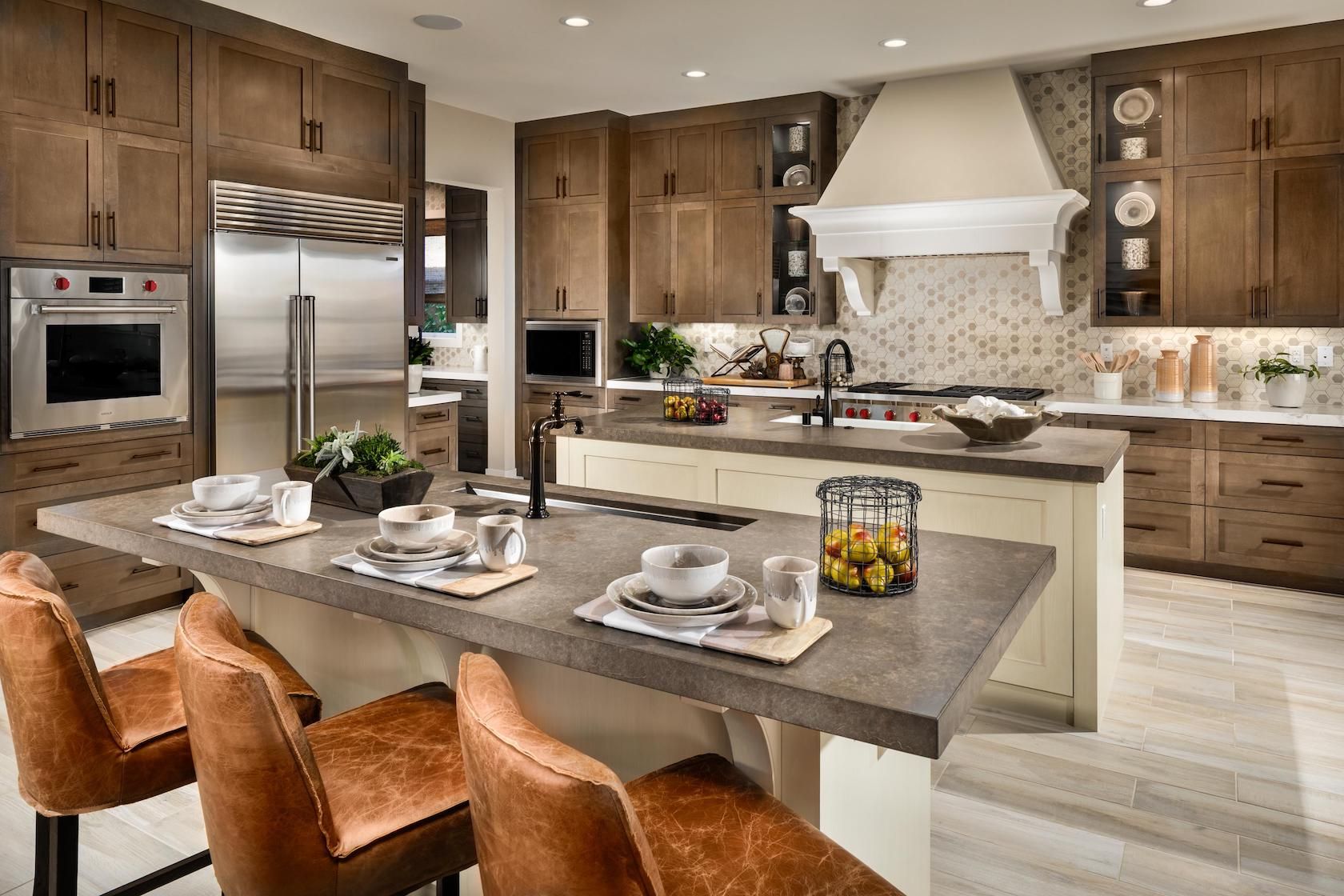


0 thoughts on “This Is The Biggest Kitchen Island Mistake You Can Make”